- May 2016
-
annotatingausten.sfsuenglishdh.net annotatingausten.sfsuenglishdh.net
-
road–books
"A book of maps showing the roads of a district or country, often having additional information of interest to travellers or motorists; (also formerly) a book describing particular roads or routes" (OED).
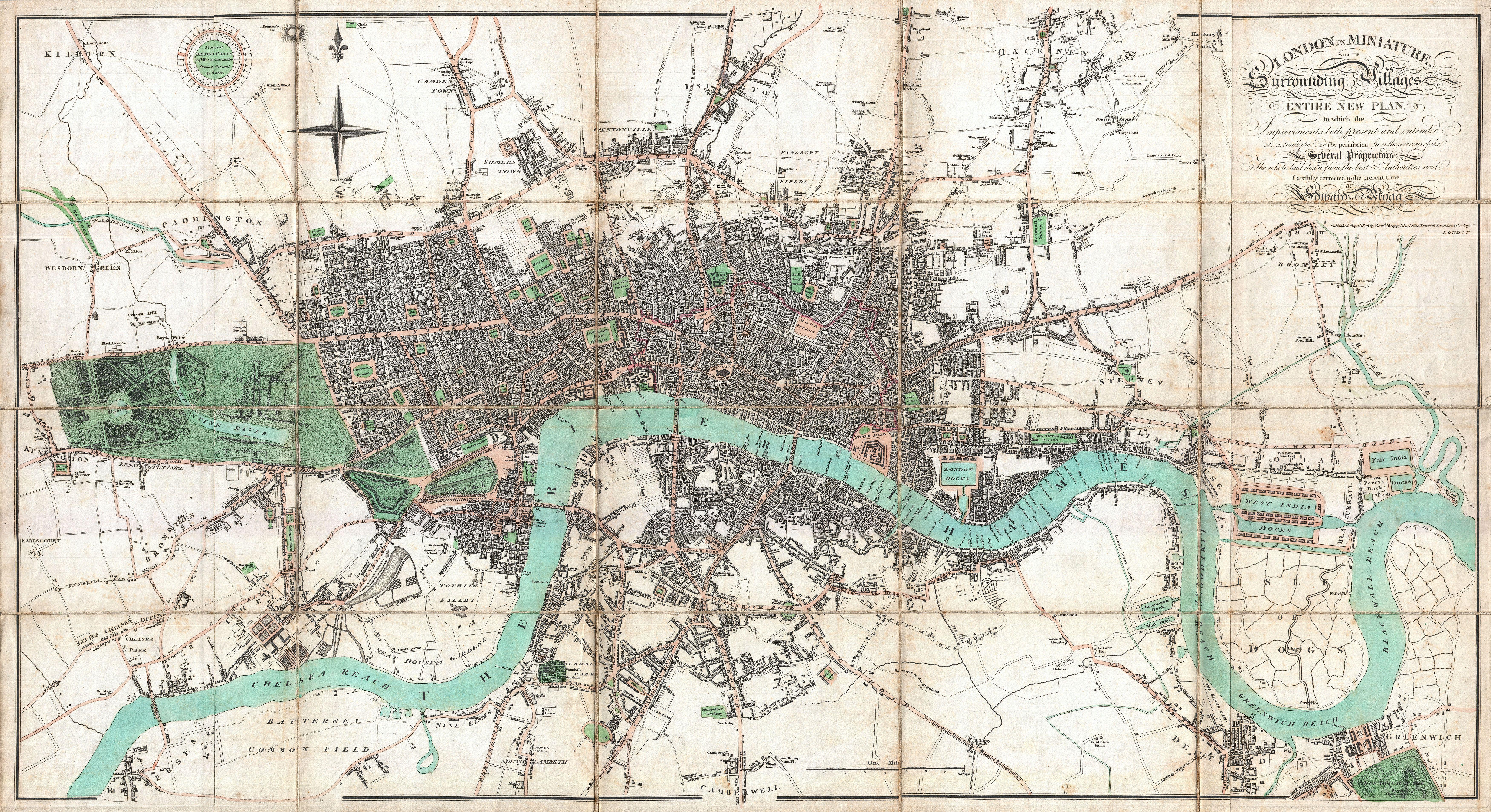
-
-
annotatingausten.sfsuenglishdh.net annotatingausten.sfsuenglishdh.net
-
the lady had asked whether any message had been left for her; and on his saying no, had felt for a card, but said she had none about her, and went away
Here, the narration refers to a “card”, which is more properly known as a calling card. A calling card -- or visiting card-- is defined as “a card bearing a person’s name and address, sent or left in lieu of a formal social or business visit; a visiting card” (OED). Originally a Parisian trend, these cards were either sent or left at a person’s place of residence to denote that acquaintance had formally visited while they were away or later intended to visit them (Robert Chambers, The Book of Days, np).
-
-
annotatingausten.sfsuenglishdh.net annotatingausten.sfsuenglishdh.net
-
parsonage
"The church house provided for a rector. Also (in later use): the house of any benefice member of the clergy of the Church of England; the residence of any minister of religion" (OED).

-
pleasure–ground
"A piece of land set aside for recreation and enjoyment, esp. one ornamented and laid out for this purpose" (OED). These were generally in the form of a garden attached to an estate, as below.

-
Mechlin
A type of lace, so called because it was primarily produced in Mechelen, Belgium. It was also produced in Antwerp and Brussels. It was very popular throughout the 18th century, but the "disappearance of lace ruffles before 1780 from women's sleeves, and the disappearance of the cravat and men's ruffles" seriously reduced its place in fashionable dress (http://belovedlinens.net/lace/Mechlin.html ).

-
hack post–chaise
An extension of the phrase a hackney horse, a "horse let out for hire; depreciatively, a sorry or worn out horse; a jade" (OED). 'Post-chaise' refers to a "horse-drawn, usually four-wheeled carriage (in Britain usually having a closed body, the driver or postilion riding on one of the horses) used for carrying mail and passengers, esp. in the 18th and early 19th centuries" (OED). Therefore, 'hack post-chaise' means that the entirety of the post-chaise was hired and not owned.
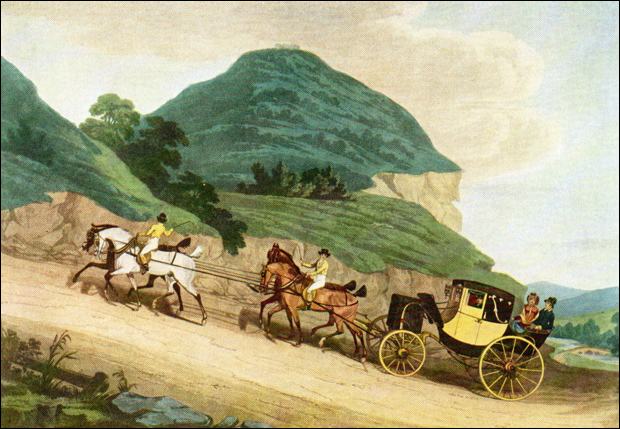
-
-
annotatingausten.sfsuenglishdh.net annotatingausten.sfsuenglishdh.net
-
God
“Modern capitalization patterns for this word only became well established during the 18th century” (OED).
-
housemaids
“Originally: a female domestic servant, esp. one in charge of the reception rooms and bedrooms. Now more generally: a woman who is employed to perform various domestic tasks, esp. cleaning, in a person's home, a hotel, etc” (OED).
-
the Bath paper, and look over the arrivals
"1755 - Oct 18 : Bath Advertiser, Bath's second newspaper, founded to include 'Lists of the Nobility and Gentry resorting to the BATH'" (British Library).

-
- Apr 2016
-
www.stillorganchamber.ie www.stillorganchamber.ie
-
Access the collection, Ordnance Survey Ireland (OSi) 19th Century Historical Maps, at https://digital.ucd.ie/view/ucdlib:40377
-
-
digital.ucd.ie digital.ucd.ie
-
See "View large scale 19th century Irish town and city maps," at RootsIreland.ie 2016-03-09.
-
- Dec 2015
-
cityheiress.sfsuenglishdh.net cityheiress.sfsuenglishdh.netACT V1
-
To bless the King, and Royal Albany
The king, and "Royal Albany" Behn references is James II of England, whose title was Duke of Albany, among many others. He was the last Roman Catholic monarch to rule over the kingdoms of England, Ireland, and Scotland. He reigned from 1685 to 1688, when he was overthrown by the Glorious Revolution.

Tags
Annotators
URL
-
-
cityheiress.sfsuenglishdh.net cityheiress.sfsuenglishdh.netACT IV4
-
Oyster−Woman
A woman who gathers, cultivates and/or sells oysters.
Oyster-women were associated with bawds, whores, and beggar women that took part in a 1637 riot in a church that made so much noise that it drowned out the service. They were described by a royalist newspaper as a carnivalesque mob.
-
Jointure or a Vow in publick
This phrase refers to the practice of announcing one's intention to marry in the presence of church witnesses. These vows were considered to be binding, despite the couple not yet being joined in holy matrimony.
-
Tom Bell
Thomas Bell (fl. 1573–1610) was an English Roman Catholic priest, who later denounced the faith and became an anti-Catholic writer and persecutor.
-
Domestick Intelligence
“Domestick Intelligence” refers to “Domestick Intelligence: Or News both from CIty and Country” an early local newspaper developed by Anti- Catholic, Pro-Whig publisher Benjamin Harris. In the context of this text, one in possesion of the “Domestick Intelligence” would have negative connotations placed upon him. (Wikipedia Online)
-
-
cityheiress.sfsuenglishdh.net cityheiress.sfsuenglishdh.netACT III6
-
SONG Ah, Jenny, gen your Eyes do kill, You’ll let me tell my Pain; Gued Faith, I lov’d against my Will, But wad not break my Chain. I ence was call’d a bonny Lad, Till that fair Face of yours Betray’d the Freedom ence I had, And ad my bleether howers. But noo ways me like Winter looks, My gloomy showering Eyne, And on the Banks of shaded Brooks I pass my wearied time. I call the Stream that gleedeth on, To witness if it see, On all the flowry Brink along, A Swain so true as Iee.
This two verse song by Aphra Behn would have been considered a "Scotch Jig". It was set to the tune of "Ah, Jenny Gin" (Ebsworth).
Sheet music published between 1719-20.
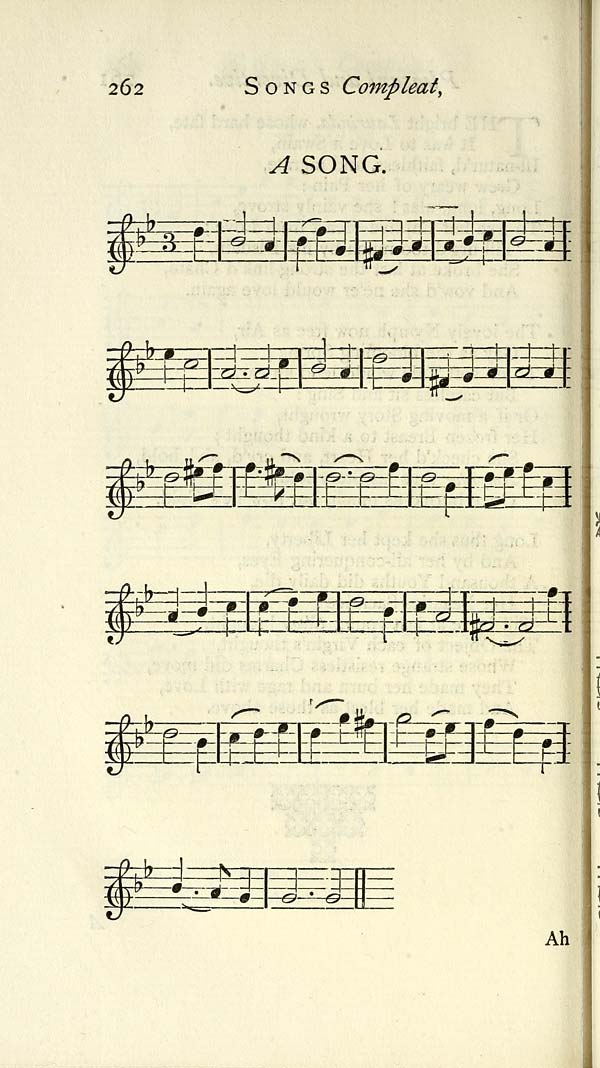
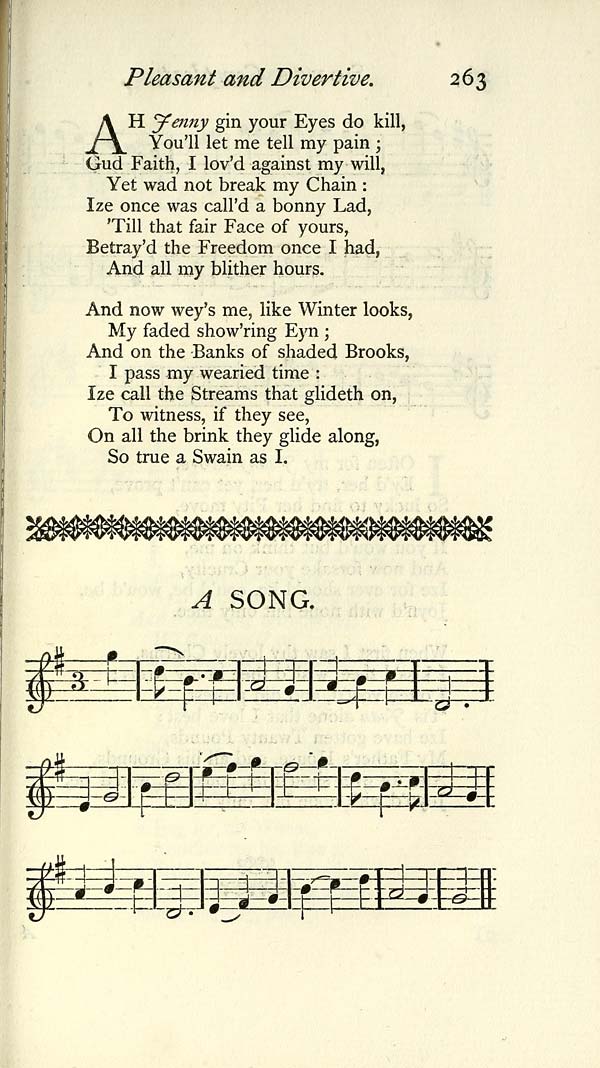
-
we live in a cold Climate

This is a reference to the Little Ice Age, a time period roughly "between 1300 and 1870" when the winter climate of Europe and North America was significantly colder than that of the 20th century. (Environmental History Resources).
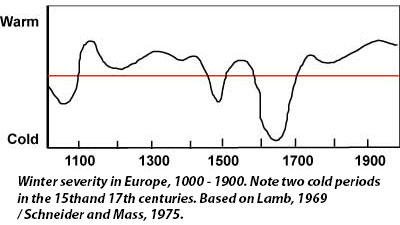
-
Royal Duke of Albany
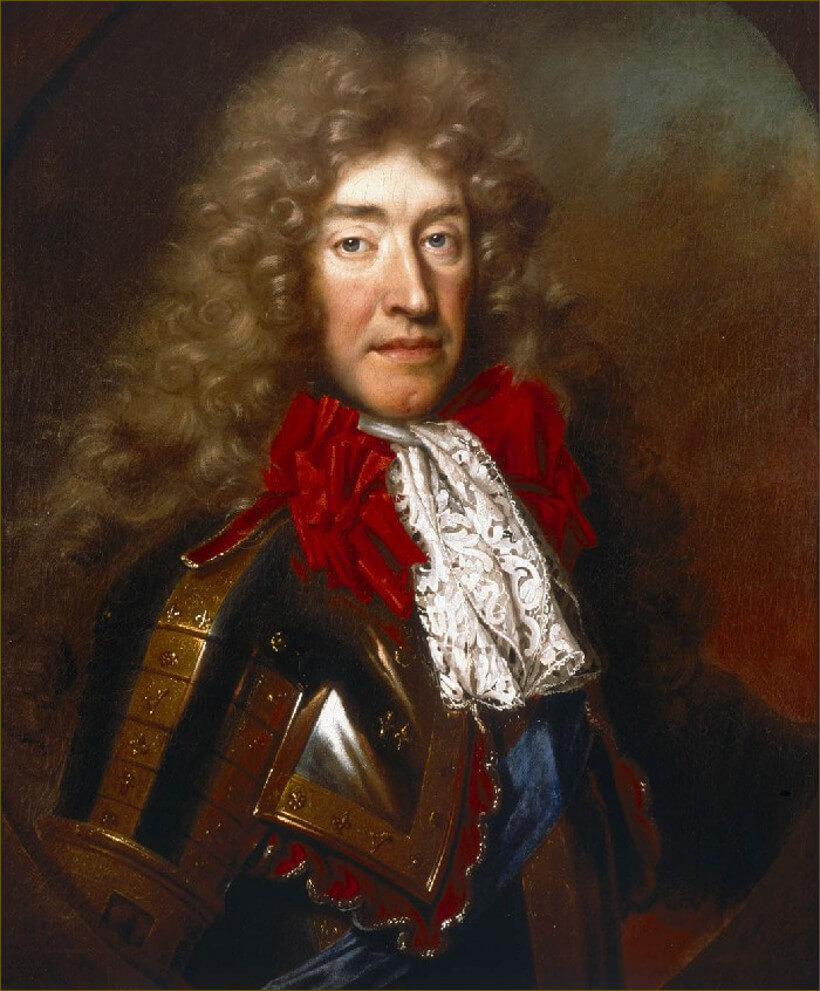
James II was Duke of York from 1644 and Duke of Albany from 1660 to his reign King of England in 1685. James II reigned until his death in 1688. He was the second surviving son of executed Charles I and Henrietta Maria of France. He was married to Anne Hyde from 1660 until her death in 1671. He remarried Mary of Modena in 1673 until his death. The Exclusion Crisis (1679-1681) attempted to exclude James II and Charles II, his brother, from the throne of England, Scotland, and Ireland because they were Roman Catholic, but the bill did not pass. He was the last Roman Catholic monarch to rule England, Scotland, and
-
French Hugonots
 Portrait of John Calvin by Hans Holbein the Younger
Portrait of John Calvin by Hans Holbein the YoungerThe correct spelling of the word is Huguenots. Huguenots were French Protestants and members of the Calvinist communion of France in the 16th and 17th century (OED).
-
Cavalier
A term for a 17th century Royalist; “a name given to those who fought on the side of Charles I in the war between him and the Parliament” (OED).
-
King of Poland
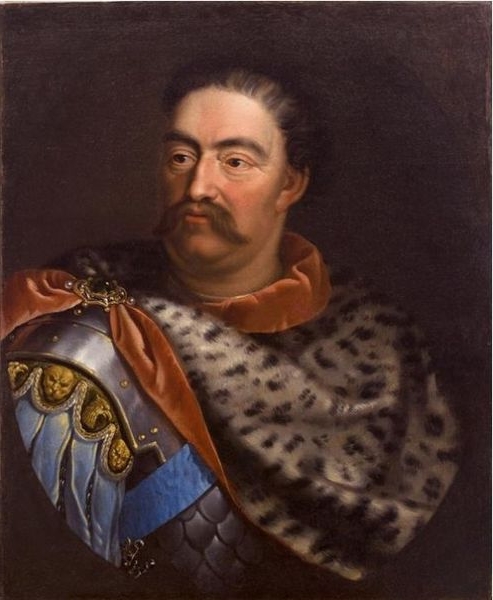
John III Sobieski was King of Poland and Grand Duke of Lithuania from 1684 until his death in 1696. He married Marie Casimire Louise. He was named the “hero king” in Poland after deafeating the Ottomans.
-
-
cityheiress.sfsuenglishdh.net cityheiress.sfsuenglishdh.netACT II7
-
Spanish Paint
Cosmetics coming from or used in Spain. (OED)
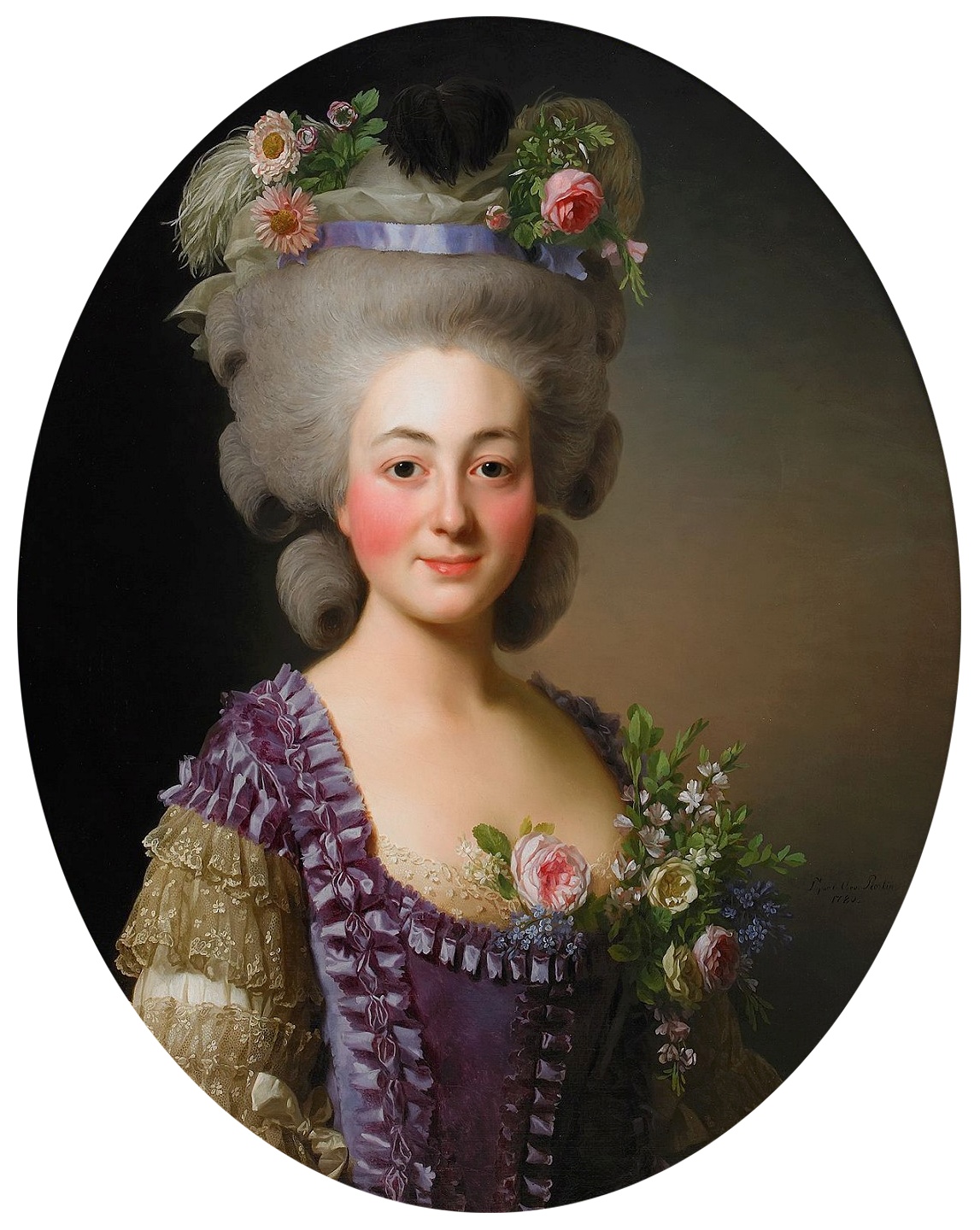
-
Tommy
(A generic name for) a British private soldier; British private soldiers collectively. (OED)

-
Coxcomb
A fool or simpleton; a foolish, conceited, showy person, vain of his accomplishments, appearance, or dress; a fop (OED).
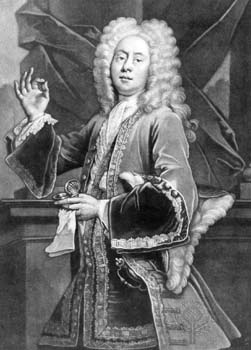
-
Bugbear
A sort of hobgoblin (presumably in the shape of a bear) supposed to devour naughty children; hence, generally, any imaginary being invoked by nurses to frighten children; an object of dread. (OED)
-
Conventicle
A meeting secular or religious. (OED)

-
Liveries
The distinctive dress or uniform provided for and worn by an official, retainer, or employee. (OED)

-
Sir Nicholas Gett−all
A character possibly crafted around a person at the time but no definitive information was found to support this.
-